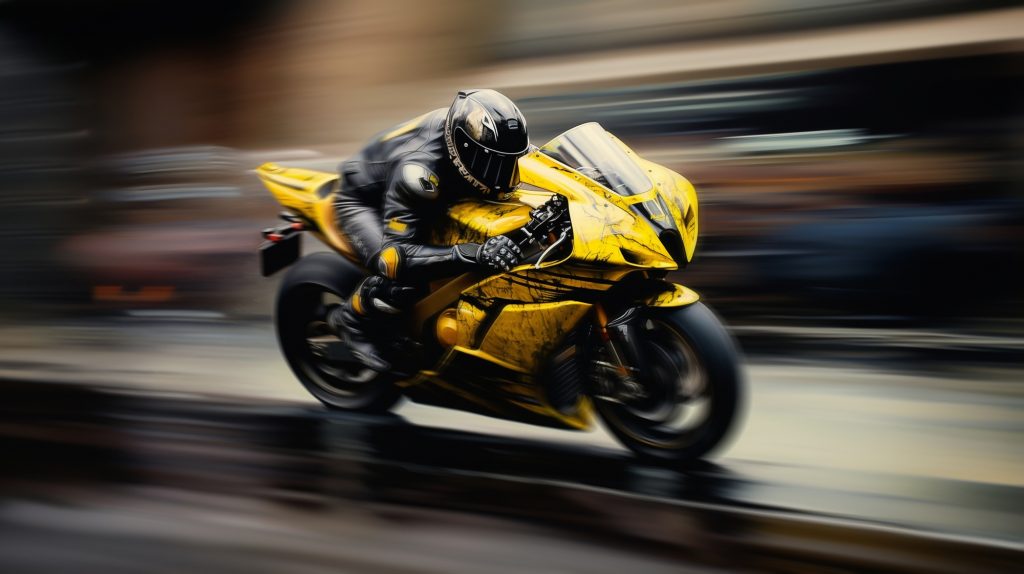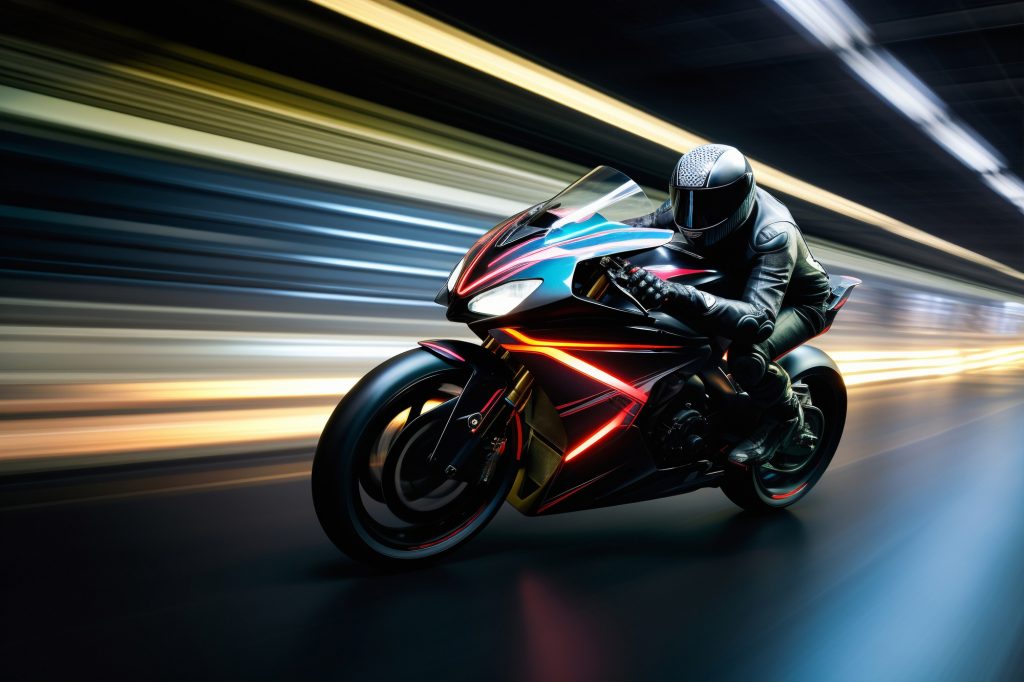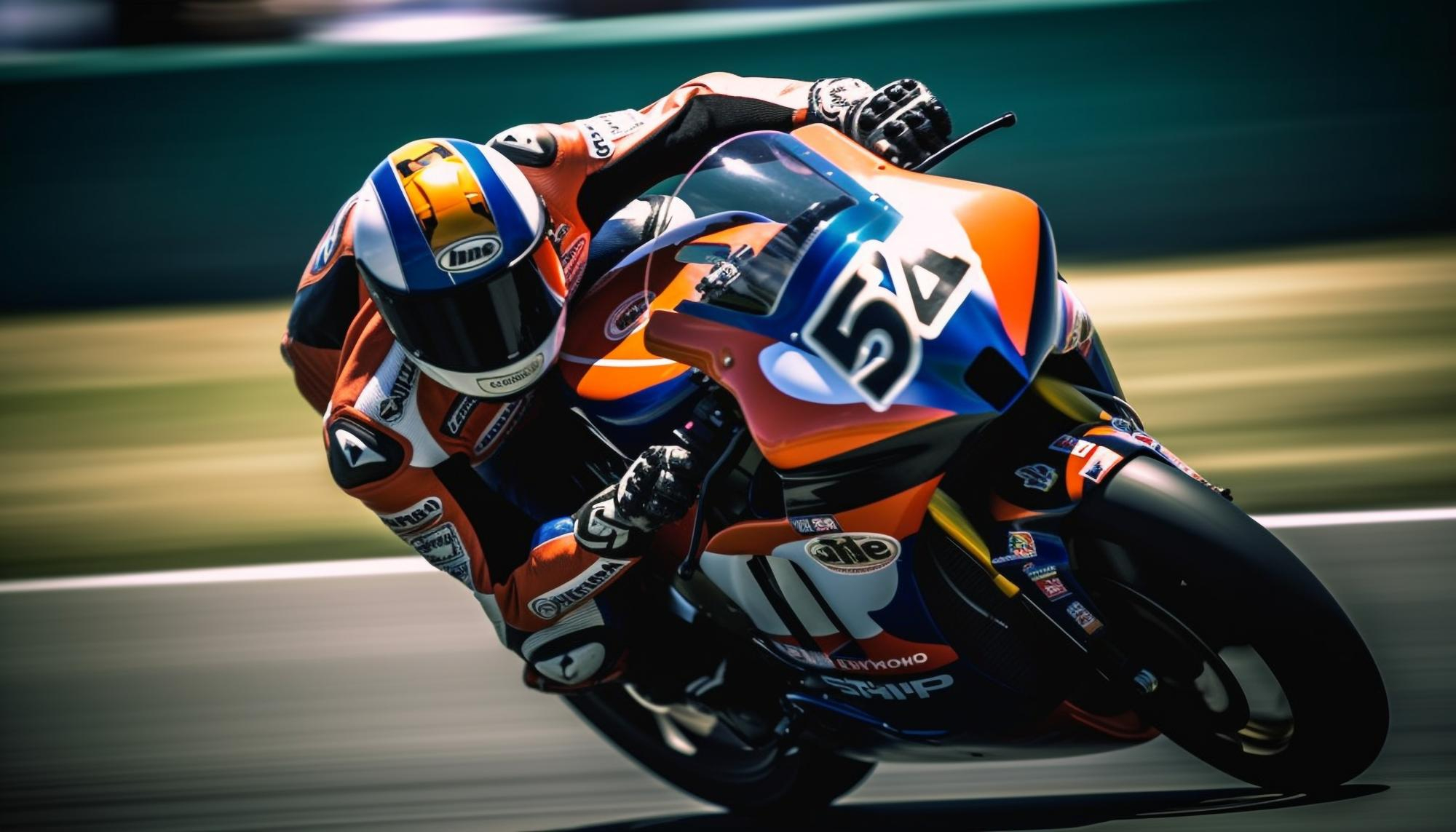MotoGP’s single night race unfolds at Sepang International Circuit, where teams face cool ambient temperatures, high humidity, and a track surface heat differing from daytime sessions. For 2025, manufacturers came to Malaysia with suitable aerodynamic packages including revised winglet profiles to fully redesigned fairing ducts. Throughout the weekend practice, qualifying, and race simulations offered opportunities to test the shortcomings and strengths of the innovations. In this analysis, we evaluate the synergetic impact of cooler night air and different grip levels at Sepang with the latest aero innovations, provide a detailed breakdown of performance by team, and explore the season-long consequences.
Problems That Are One-of-a-Kind Related to the Sepang Night Race

Sepang’s tropical location ensures that even at midnight, ambient temperatures hover around 28-30_C, with humidity often exceeding 75 percent. Unlike daytime sessions, where track temperatures can spike above 50_C, night races see the tarmac cool more rapidly. This compresses the ideal operating window for rear tire grip. Aero dependability becomes paramount: riders need consistent downforce through high-speed sections of Sekarang and Turn 15 Complex to reduce the possibility of sudden slip/stick traction loss. However, excessive aero drag hurts straight-line speed down the 980 meter main straight, creating a delicate balance. Engineers have to tune winglet angles and fairing vents to achieve maximum confidence in cornering while still allowing for acceleration when exiting. In 2025, all the teams had different approaches to this trade-off, some introducing radical front-wing designs while others focused on more refined under-fairing airflow to reduce lift at high yaw angles.
Update 2025 Aero Developments
Ducati may stand out the most after this season by adding a new triple-element front wing MotoGP instructors had been using in their wind tunnels. The most outer winglets possess concave curvature that allows it to “hug” the turbulence created from the front tire. This helps in redirecting the flow of air smoothly toward the cowling of the tail, thus increasing rear downforce while in mid corner lean angles. Honda also did not sit idle and came up with their own revised fairing inlet. Their invention twisted the incoming air by 15 degrees before entering the radiator which reduces the aerodynamic drag when riders exit corners at higher yaws. Yamaha however introduced minimalistic approach: the new design of mid section fairing has sharper edges and is blunt at the back which has been found to decreased base drag, enabling the engine torque to counterbalance the loss in downforce. Suzuki, KTM and Aprilia had additional incremental changes to make as dumb as lower mount strakes and change the angle of the louvered radiator to improve specific yaw-stability targets set using wind tunnel calibrations.
Analysis of Performance Across Teams
Ducati’s updated aerodynamics, such as the new front wing, gave Francesco Bagnaia enough confidence in practice 2 to set the record for the fastest lean-angle lap in the wet patch section with a time of 1:37.063, beating Marec Marquez’s time with a 0.07 second edge split in the sec. Bagnaia’s increased front-end grip enabled him to a) brake later into Turn 10, b) sustain higher corner speed, and c) still be stable mid-corner. This represents a massive advantage considering the conditions during the night. However Ducatti’s Advantage also seems to vanish on the main straight. Furthermore, it appears that Ducatti’s top speed is down by 2-3 km/h relative to last year’s package, hinting that the drag penalty remains signficant.
Pol had also noticed the changes along with Marquez. Honda had redesign the inlets and while it showed mixed results, earlier feedback from Pol Espargaro and Márquez suggests smoother throttle response as well translating to lesser rear tire slides on acceleration. Their low-drag configuration allowed them to regain approximately 1 km/h of top speed however both riders noted loss of front bite at extreme lean. AI equally offers a no-loss drone for michelin insuring drivers with a fuel temperature at the end of the 5.5 mk lap on left tires with a challenge feter. Hence claiming arranged overtakes become sans modulating the front-end modulation recompense hold thus overtaking becoming exceedingly challenging.
Yamaha’s minimalistic mythology did not lunch any substantial benefits: Fabio Quartararo finished FP3 with the second-best maximum speed among the Yamahas, registering a consistent deceleration outwind distance after crosses Drags one (Turn 1) ― suggest that drag reduction was as claimed). Still, the riders had problems with front instability during the Braking phase under coverage in the rapid Estoril corner (Turn 7), where higher mid-corner speed was offset by slight chatter on the front tire. The information showed marked averaging degradation of 0.15 seconds in that sector comparatively to their best 2024 pace, reinforcing the loss capture from Yamaha’s aero philosophy.
Both KTM and Aprilia worked on fairing strake realignment para managing boundary layer separation at high yaw. KTM’s Narrow-strake design decreased random side-skirt drag during high speed Turn 9–10 complex. However, an alignment change in the angle of strake needed in-wait correction on the post FP1 circuit, resulting in lost critical development time. Bold lower-fairing vent by Aprilia saw Aleix Espargaro adopt tight chicanes auguring front tire scrub resulting in improved time of 0.1 seconds per lap in the last third of the race. However, both Middle and lower parts of the chakra conditioning axis left-averse. Overall, these sector remained glued by moderate turbulence supplied to the rear, resulting in periodic rear skids when exiting slower corners.
Effects of Aero Packages on Race Conditions
During the qualifying sessions, it was clear that downforce was highly instrumental during the wet track segment of the race. The high-drag packages like Ducati’s front wing allowed their riders into the top three due to their better performance, while Yamaha and some Honda’s low drag setup struggled on the grid because of their lack of corner hold. Achieving draft-assisted top speeds added little value for them in the lap-time deficits they were experiencing, validating the assumption that during rain blinded Monacos, or night-Sepangs, straight line speed is less effective than aero stability. Race simulations under Virtual Safety Car conditions enhanced the notion that riders with greater aero confidence faced less of a speed limit when turning into the re-start slipstream, enabling them to overtake rivals.
During the sprint race, which was conducted in mild rain, there were fewer pit stops due to better inspired by wind-tunnel prophecies and engine temperature cut. In the second round of the race, under the light rain, those who managed to adjust their wet compound tire pressures accurately got their desired vision. Although Ducati was lacking in some efficiency, their drag was greater which improved scrub-taking on the front tires, ensuring an even balance of heat and avoiding low-start slides during cycles. Meanwhile, Honda’s smooth flow equalized the radiator temperatures, lowering critical second shave off their pit stops because they skipped the fan-cooling procedures.
Looking Ahead: Optimizing Aero for Night Racing

The Sepang night race will have a lasting impact on a MotoGP teams’ strategies for the remainder of the season, particularly on Yamaha’s Marina and Shaghai. Ducati may have to alter their drag profile for their wing design while retaining mid-corner stability, which was critical. Honda will most likely increase inlet vane angle to bolster front brake bite during trail-braking. Yamaha might shift to a more strake-like minimalistic approach with hybrid fairing designs to regain chassis response. The alterations would certainly benefit from data from Michelin and magnet marelli wind tunnel correlator logs.
MotoGP operates under the principle that aero changes are solutions rather than added weights, and the rain-soaked drama at Monaco 2025 Sepang affirms that claim. Weather, tire condition, and track geometry interact mutably and need to be catered to. Each team tries to refine their setup under humid air and flood lights in a bid to come out on top before the green lights.

Leave a Reply